The Tomahawk missile has been one of the most influential developments in naval warfare over the past half-century. While it began as a nuclear missile, and was soon developed for anti-ship roles, the most famous version of the Tomahawk, and the only one to remain in inventory today, is the conventional TLAM (Tomahawk Land Attack Missile). The TLAM gives conventional surface ships and submarines the sort of inland reach and firepower that was previously only available to carriers.
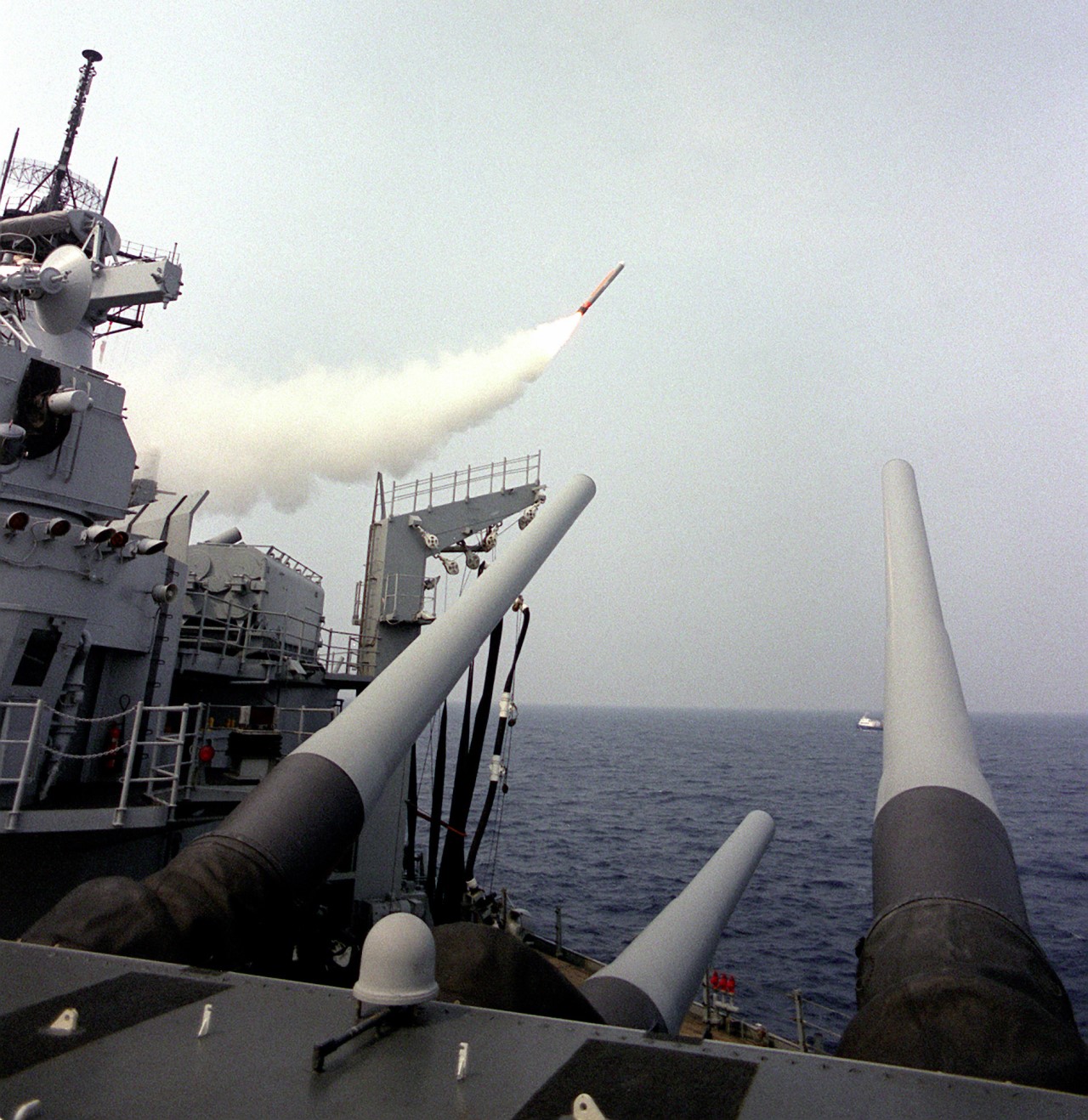
Iowa launching a Tomahawk
Developing the TLAM wasn't as simple as mating the guidance system from the nuclear version with the warhead of the anti-ship Tomahawk. While the TERCOM1 guidance system was perfectly adequate for a missile with a nuclear warhead, it couldn't get the missile close enough for the 1,000 lb warhead to be effective. Another, similar technique known as DSMAC (Digital Scene Matching Area Correlator) was used to bridge the gap. This was essentially a camera on the missile that would provide an image to be compared to a stored file of processed satellite imagery. By matching the two, the missile could figure out where it was with even greater precision, and the technique is fairly robust against changes within the image. This is possible because the missile isn't looking for the target directly, but is instead using the data to update its estimated position, and then flying to the pre-planned target coordinates. To make sure that DSMAC could still work at night, the missile was fitted with a strobe light. Read more...

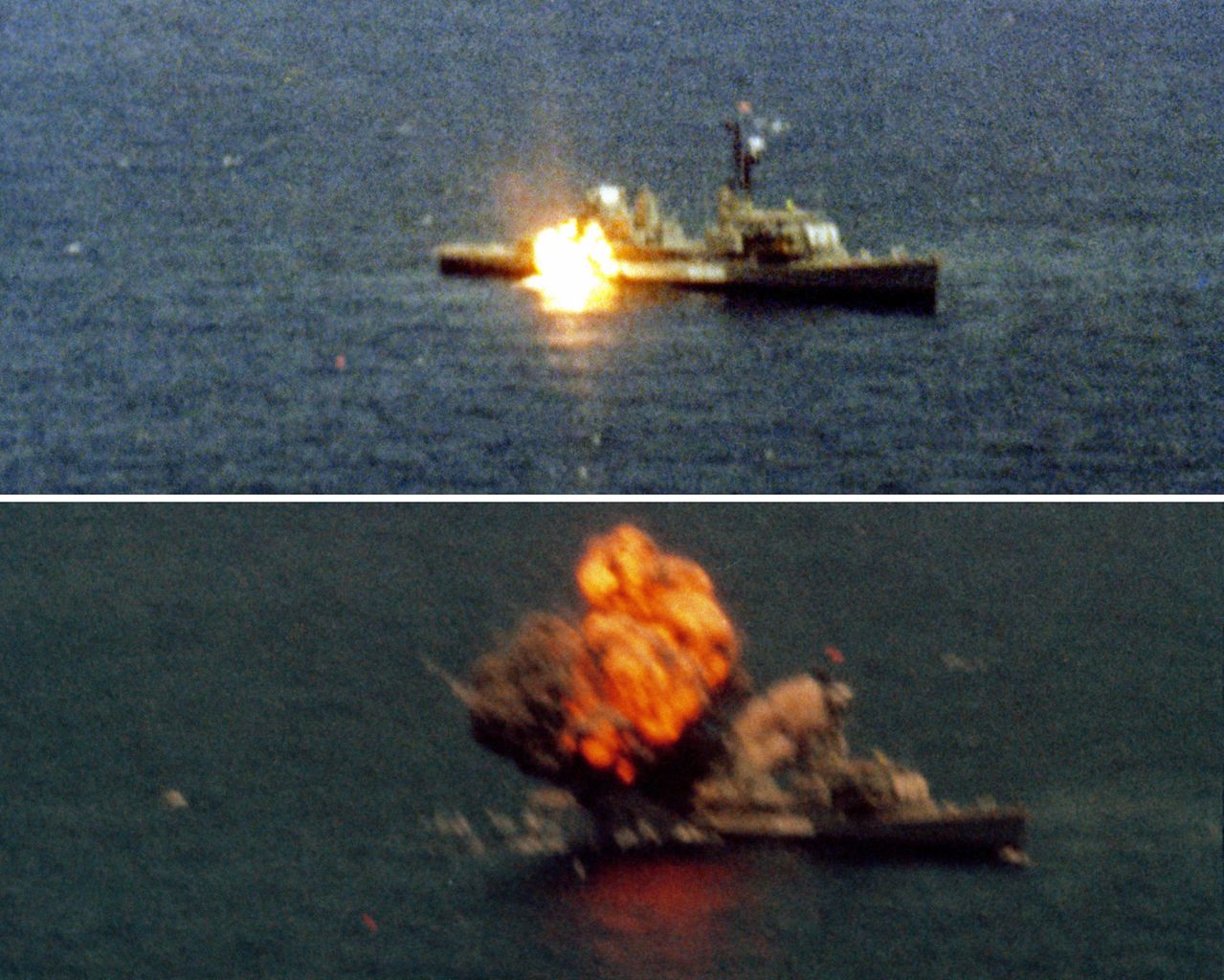
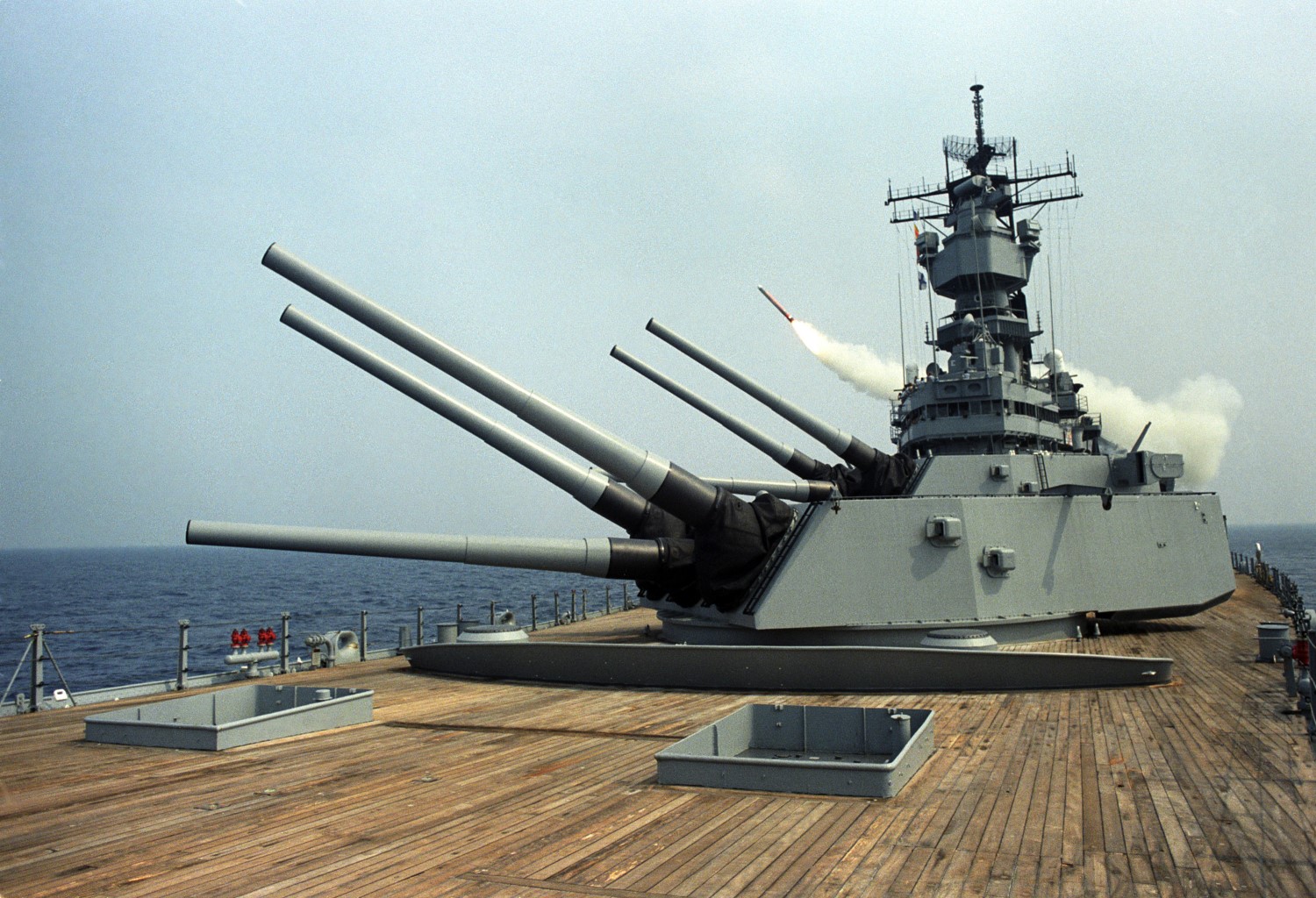
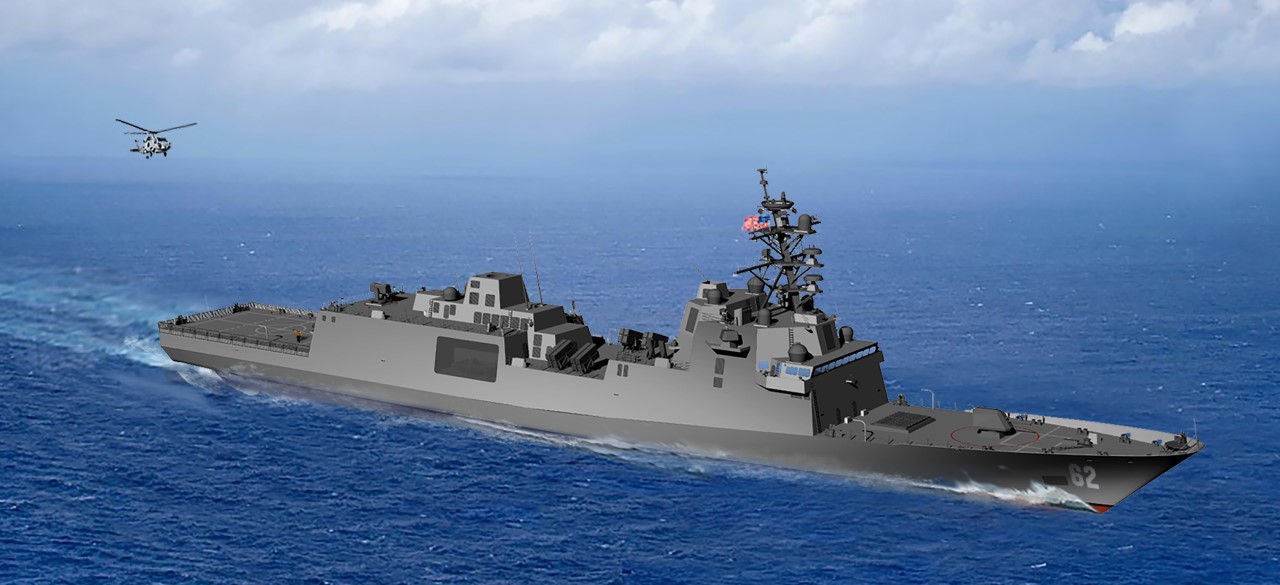
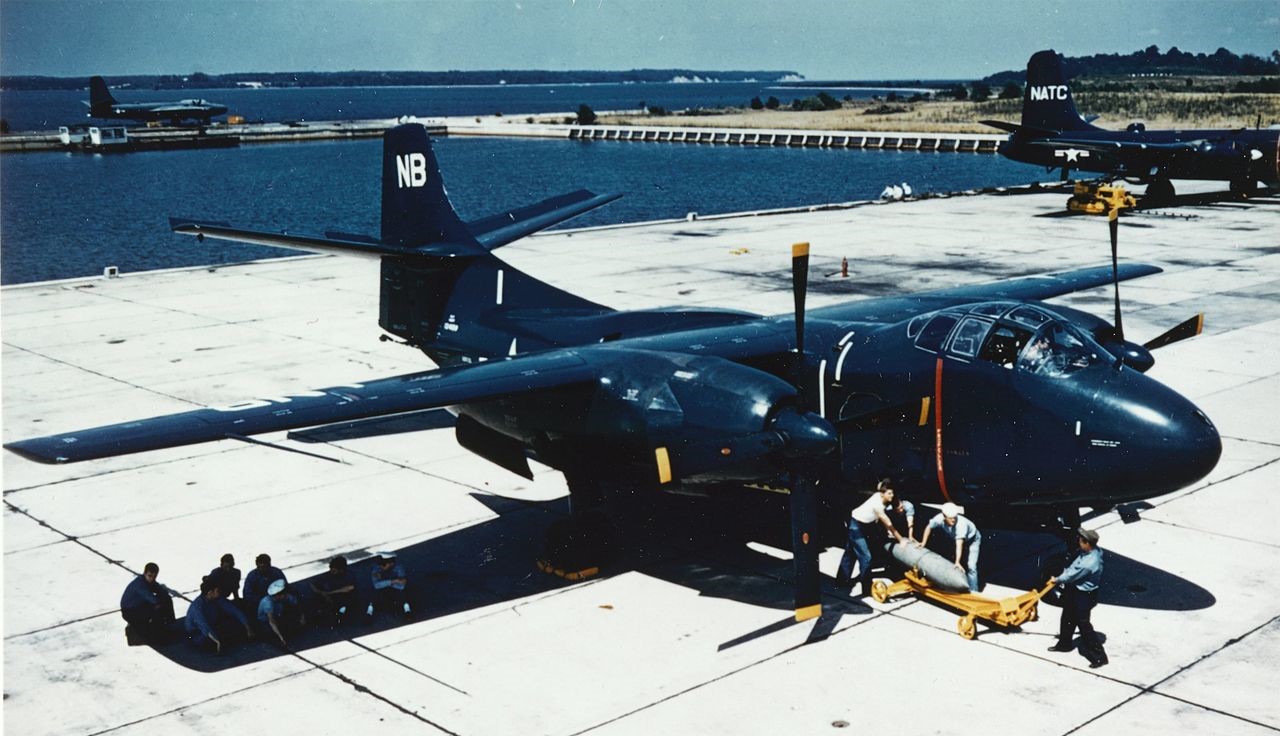
Recent Comments